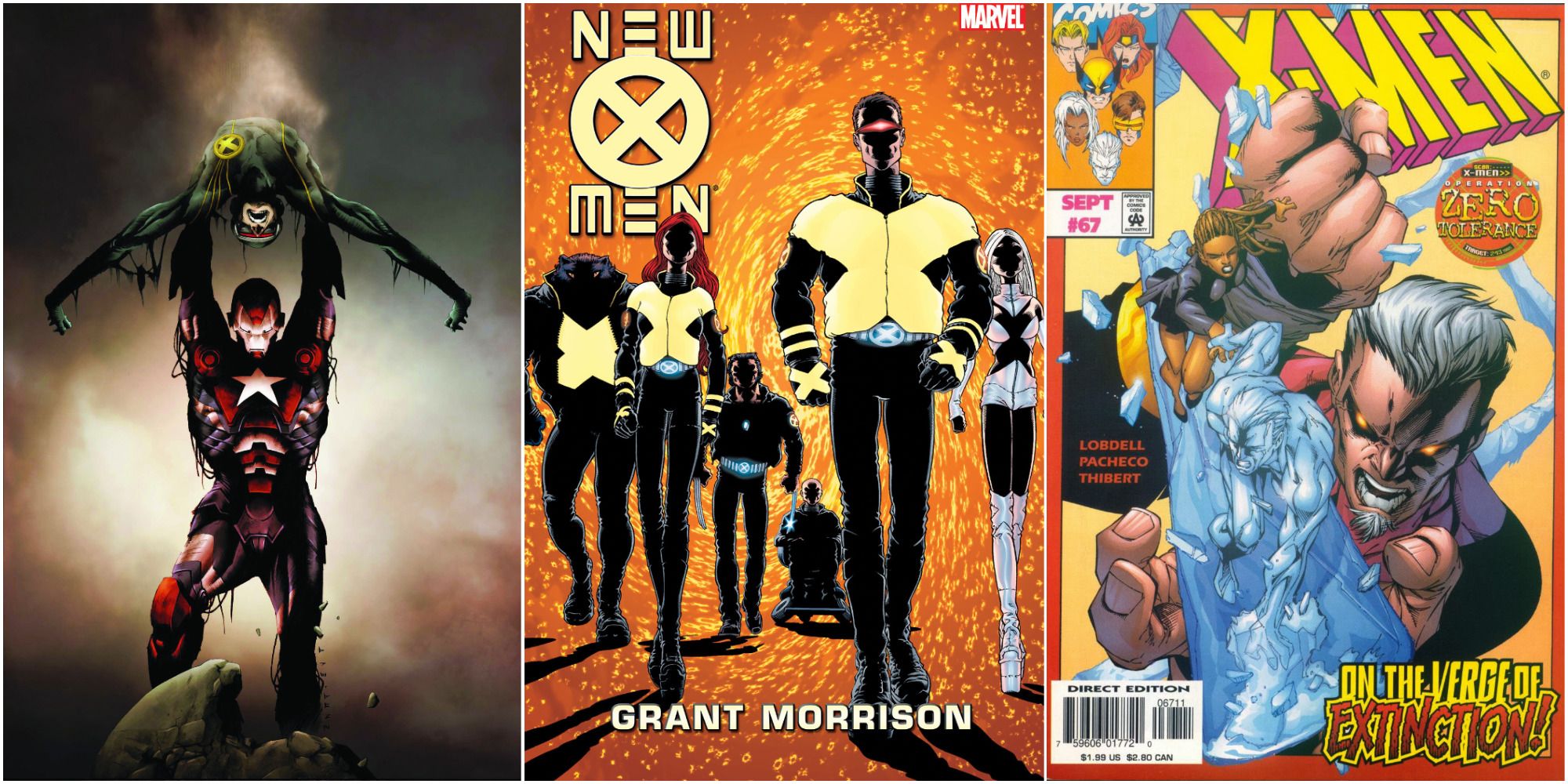
The X-Men are one of the most storied comic franchises Marvel has to offer, with years of amazing stories under their belts. Some of these stories have defined the team, while others have been unfairly forgotten, but one thing is certain: any fan getting into the X-Men has an overabundance of riches to choose from.
The X-Men have been around for a long time even though the comics industry and the way they are written and drawn have changed. This can sometimes adversely impact stories and make them untenable to modern audiences — most of the dialogue in Stan Lee's comics is pretty cringe when read in 2021 — but there are some X-Men stories that have stood the test of time.
10 "Days Of Future Past" (Chris Claremont & John Byrne)
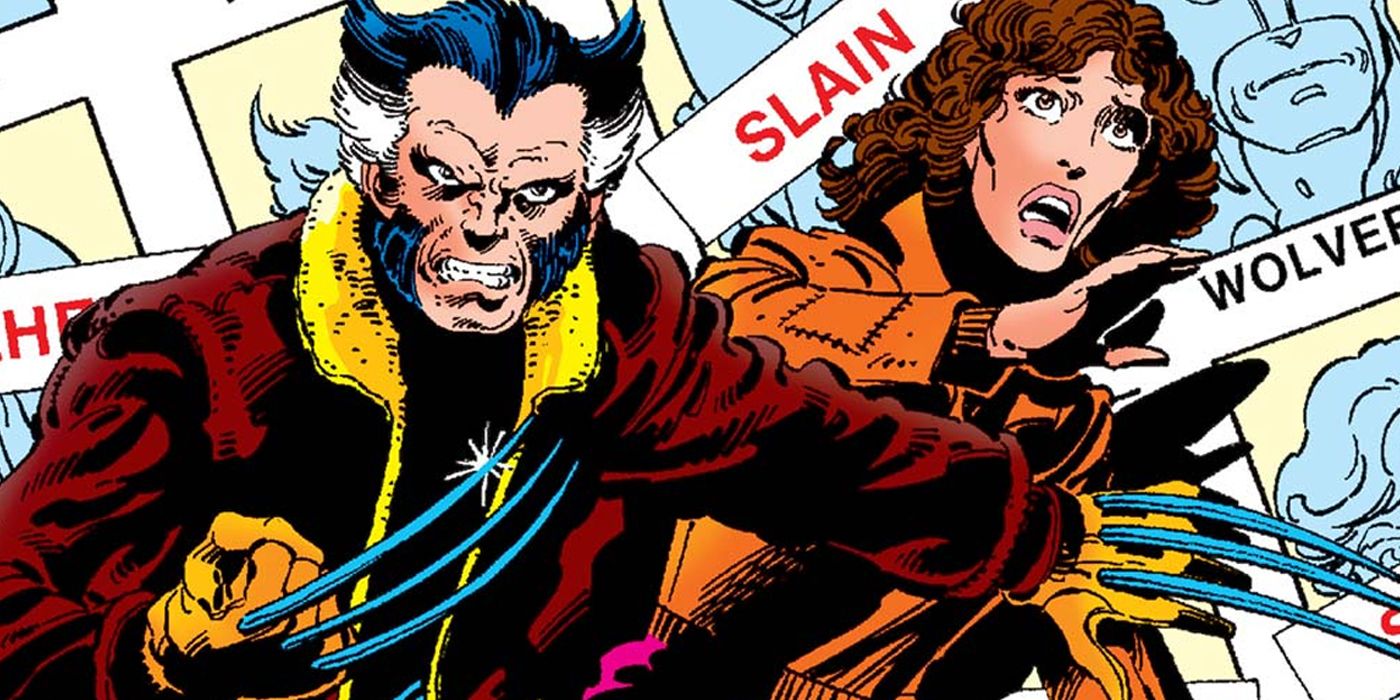
"Days of Future Past," by writer Chris Claremont and artist John Byrne, looms so large in the minds of X-Men readers and comics fans that it's easy to forget it's just two-issues long. However, what it fits into those two pages was enough to completely change the X-Men mythos forever and has gone down as one of the best X-Men stories. It introduced an element of dystopia that every X-Men future would play into over the years and is rightfully recognized as a classic tale.
For a story that turns forty this month, it's held up very, very well. While Claremont's writing style can be more verbose and caption-y than modern comics, it's all so sumptuously written and Byrne's art is as good as any modern day master, not something that can always be said for a lot of older books.
9 "The Dark Phoenix Saga" (Chris Claremont & John Byrne)
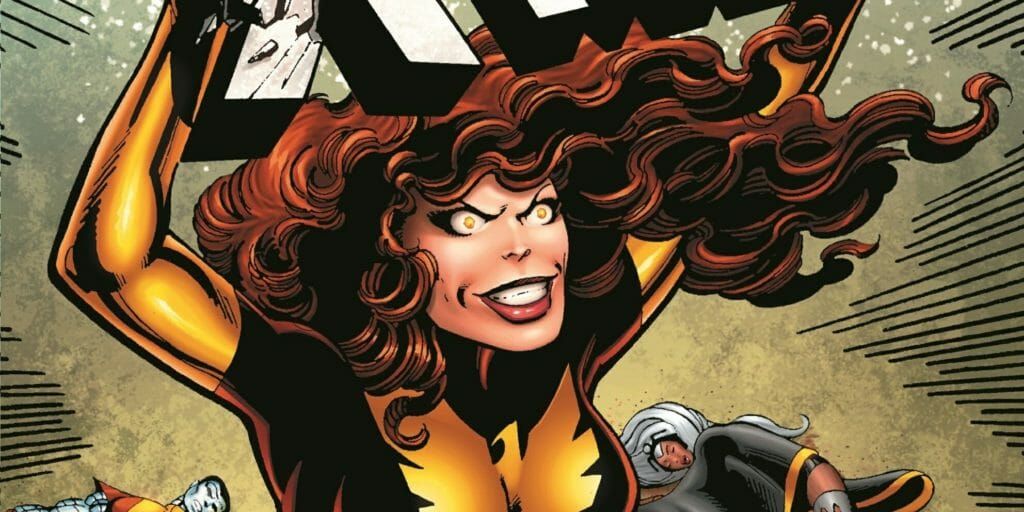
Saying "The Dark Phoenix Saga" aged well is kind of an understatement but it's also the truth. Not only is this Claremont and Byrne classic one of the best X-Men stories of them all, it's also considered one of the best comics in general, a Shakespearean drama and master class in storytelling. There are few books that loom as large in the X-Men mythology as this one.
Claremont's time on the X-Men can be described as soap opera-y, with plots building on past ones. This can make some of his stories hard to read out of context but "The Dark Phoenix Saga" does a great job of laying out what the reader needs to know and Byrne makes sure the whole thing look great while doing that.
8 "Inferno" (Chris Claremont, Jon Bogdanove & Louise Simonson)
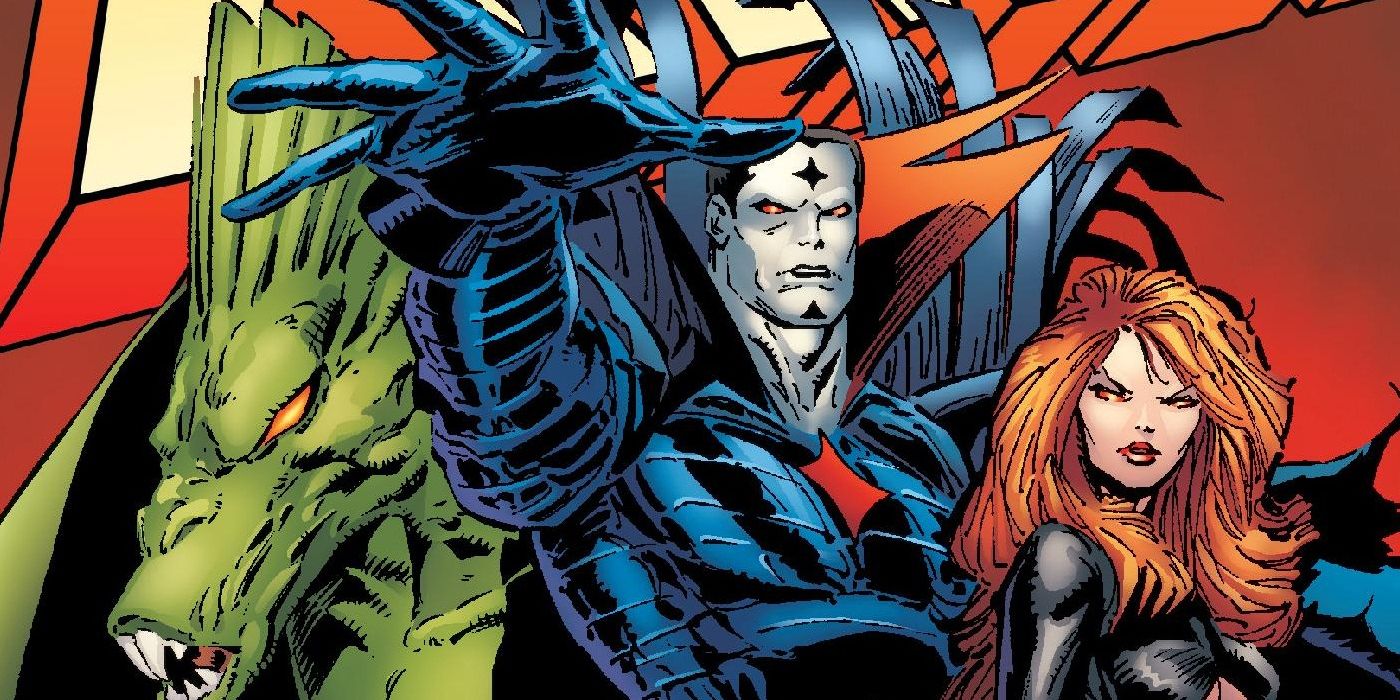
Another classic from the Claremont years, "Inferno" was the big mutant crossover book of 1989, with more creators working on it than one could shake a stick at. It saw Madelyne Pryor, a Mister Sinister-created clone of Jean Grey, snap after an attack by Sinister's Marauders and start summoning demons, endangering the world.
It's sometimes hard to go back and read old crossover events since they depend heavily on continuity that is no longer current, but "Inferno" has a rather low bar for entry in that regard and is just a really good X-Men story, seeing the mutants of the day team up against a terrible threat.
7 "Mutant Genesis" (Chris Claremont & Jim Lee)
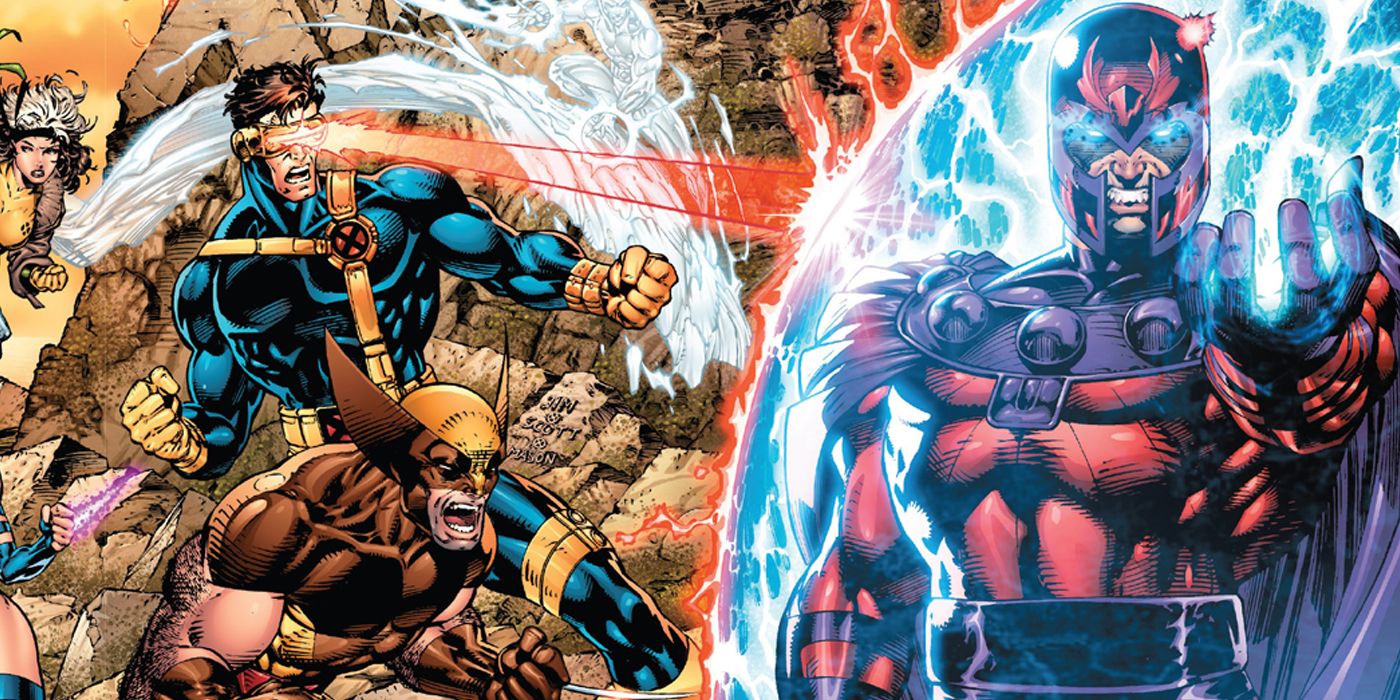
The last story of Claremont's original X-Men run, this three-issue story, with art by Jim Lee, is among the greatest Magneto stories ever told. It's a perfect jumping on point for readers who aren't well versed in X-Men continuity, as Claremont goes out of his way to explain what readers need to know and is fast-paced and action-packed without ever seeming rushed.
As good now as it was thirty years ago, this story gets the credit for really helping catapult the X-Men's popularity into the stratosphere. It's one of those books that can be re-read infinitely and never get boring.
6 "The Age Of Apocalypse"
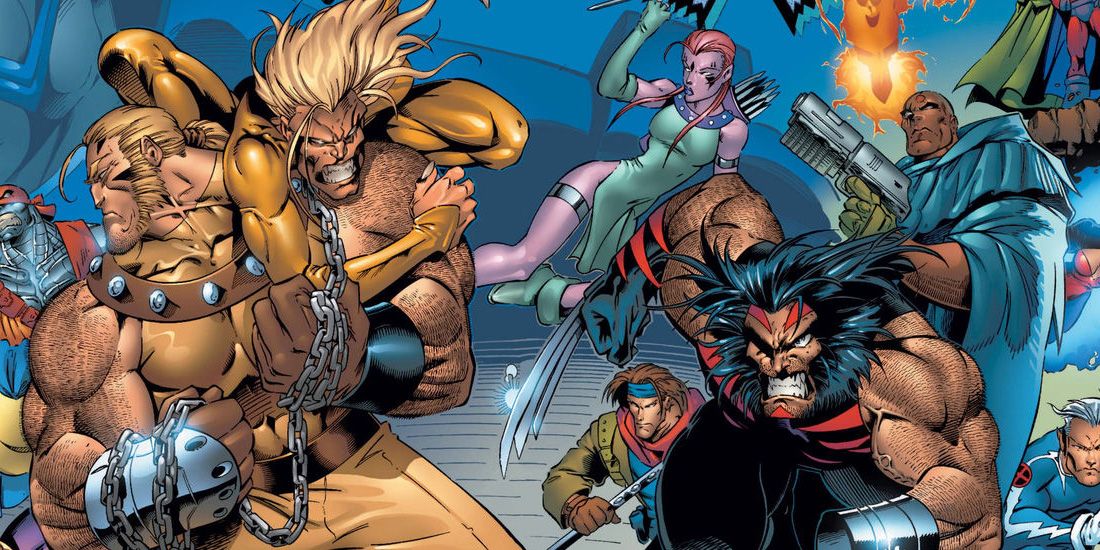
"The Age Of Apocalypse" is a massive story, which can be daunting to new readers, but that doesn't mean they should avoid it. One of the most beloved X-Men stories of the '90s, "The Age of Apocalypse" saw the X-Men in an alternate reality where Apocalypse ruled all and the war between humanity and mutantkind was getting suitably apocalyptic.
One of the good things about this story is that not every part of it is crucial. While it's most rewarding to read the whole thing, one doesn't really need to read X-Calibre or Gambit and the Externals if they don't want to, for example. Over the years, Marvel has repeatedly tried to recapture the magic of this story but has always failed because it is so one of a kind.
5 "Magneto War" (Joe Kelly, Alan Davis & Leinil Yu)
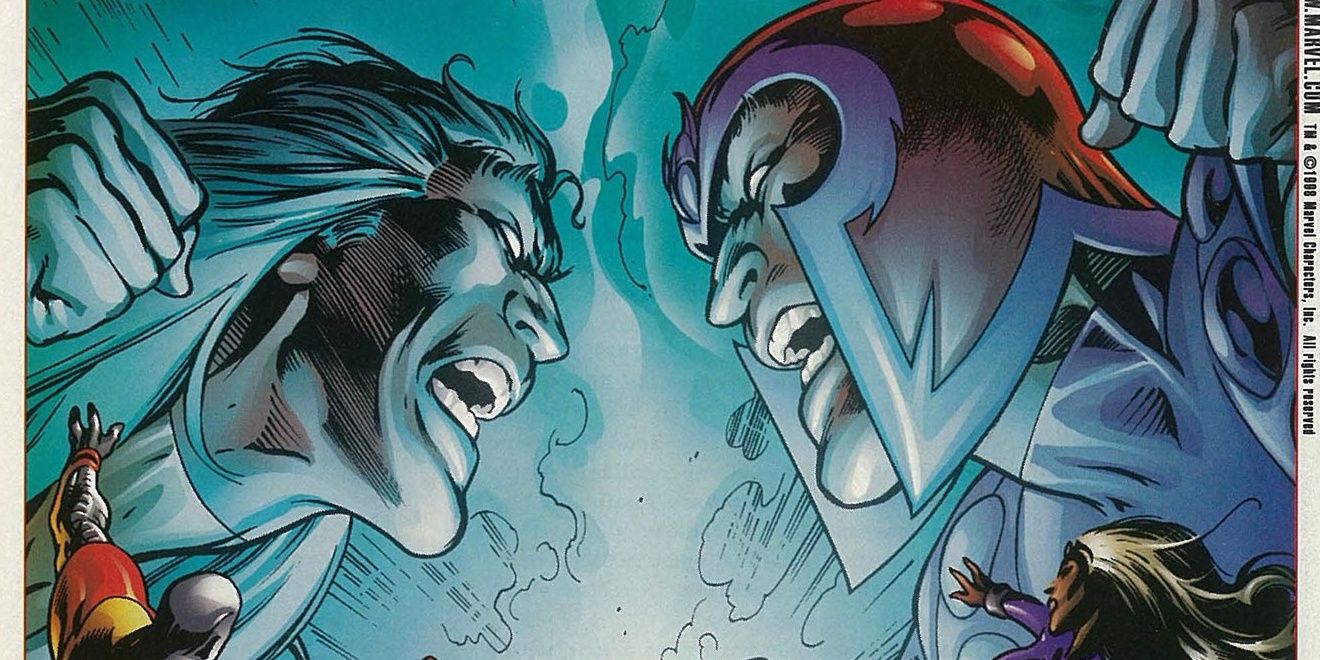
"Magneto War," by writers Joe Kelly and Alan Davis with art by Davis and Leinil Yu, doesn't get a lot of love in general but it's much better than it gets credit for. Featuring the return of Magneto after a long absence, it also wrapped up the Joseph storyline, which had been playing out for years in the X-Men books.
The mid to late '90s aren't exactly beloved by X-Men fans for reasons that are both valid and invaild and this story gets unfairly lumped in with some of the worst stories of the time. However, while a modern fan would have little context for Joseph, it doesn't change that this is a great little Magneto story that sees him achieve one of his greatest victories.
4 Wolverine & The X-Men: Regenesis (Jason Aaron & Chris Bachalo)
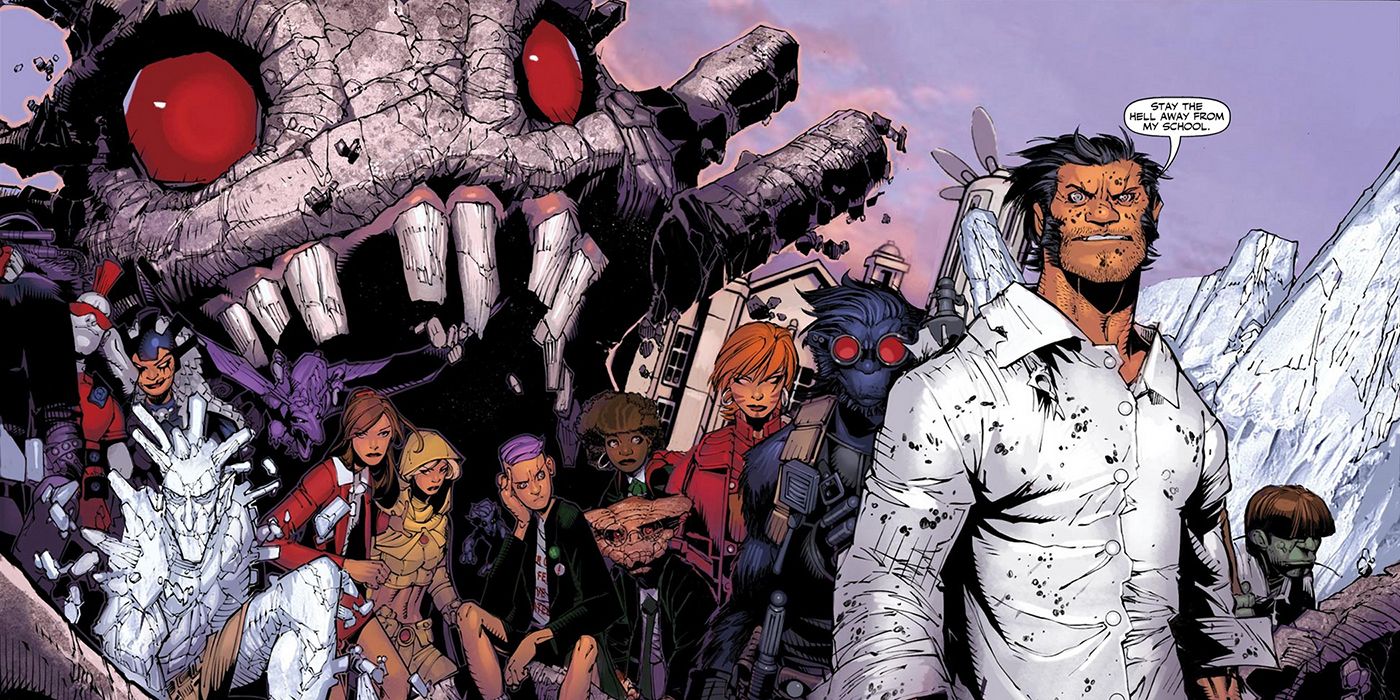
"Wolverine and the X-Men: Regenesis," by writer Jason Aaron and artist Chris Bachalo, is an underrated gem of the 2010s. The era of X-Men stories it comes from isn't exactly beloved, as it showcased a more militant mutant race at their weakest and most desperate, but this one brings an old school flavor back to the franchise, focusing on Wolverine restarting a school for young mutants after a clash with Cyclops about the future of the race.
The X-Men books of the time were rather grimdark, but this one eschewed that and was more fun than what was happening elsewhere in the line. It also saw the gradual maturation of Wolverine from fiery loner to dependable team leader and is worth a read.
3 Dark Avengers/X-Men: Utopia (Matt Fraction)
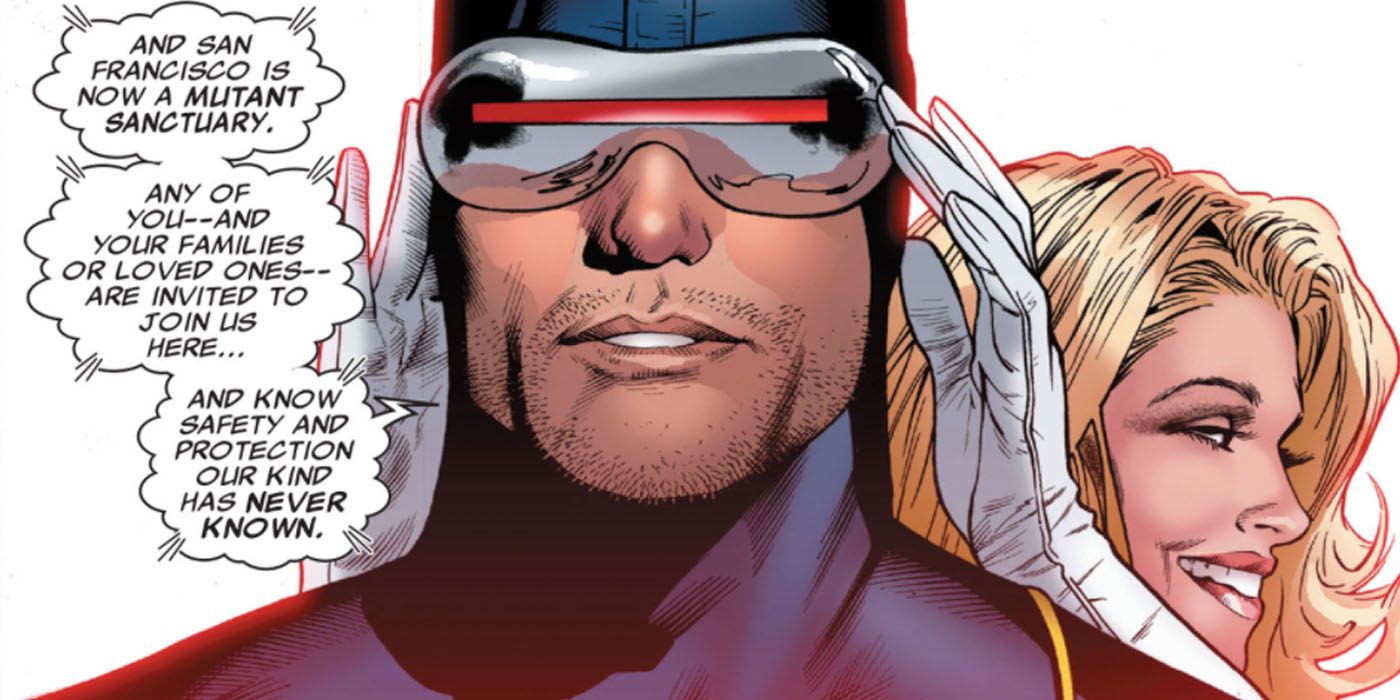
The X-Men's time in San Fransisco isn't exactly well remembered, but this story is definitely worth a browse. Pitting Norman Osborn's Dark Avengers against the X-Men in a battle for control of mutantkind, this twisty and turning narrative by writer Matt Fraction and a whole mess of artists is action-packed and full of cool moments.
The book does a great job of explaining what readers need to know without getting boring and keep things chugging along at a good pace. One of the best stories of a very dark time for X-Men stories, there's a lot to love about this one.
2 "Operation: Zero Tolerance"
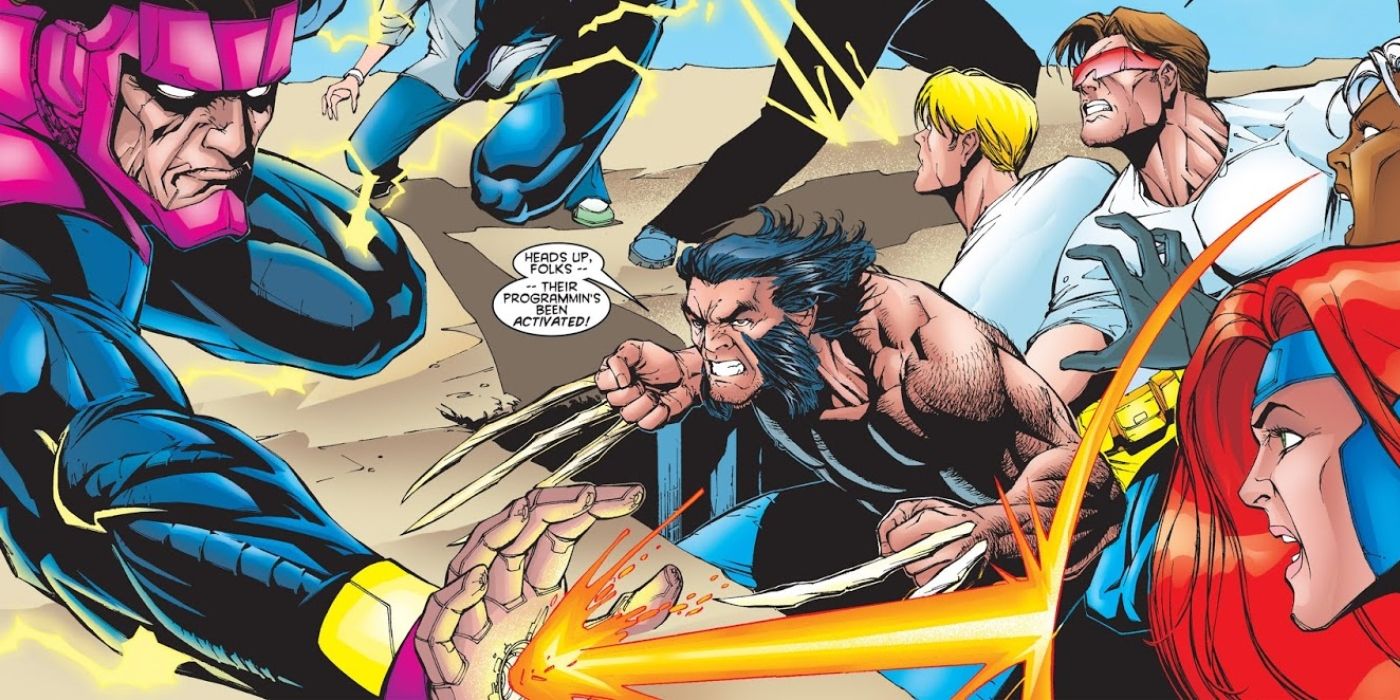
Even though they were at the height of their popularity at the time, the mid-'90s aren't remembered as a very great time for X-Men stories. There's a lot to this but one story that is much better than it gets credit for and still holds up is "Operation: Zero Tolerance." Crossing through the X-Men books of the time, it treads familiar ground in novel ways, as a new breed of Sentinel controlled by a sinister government agency target the X-Men.
Mid-'90s X-Men books are known for being convoluted affairs but this book sidesteps that, as its story is mostly self-contained; while it was built up in previous issues of the books, these comics aren't integral to understanding the story. Full of great art and cool moments, every fan should give this one a chance.
1 "E Is For Extinction" (Grant Morrison & Frank Quitely)
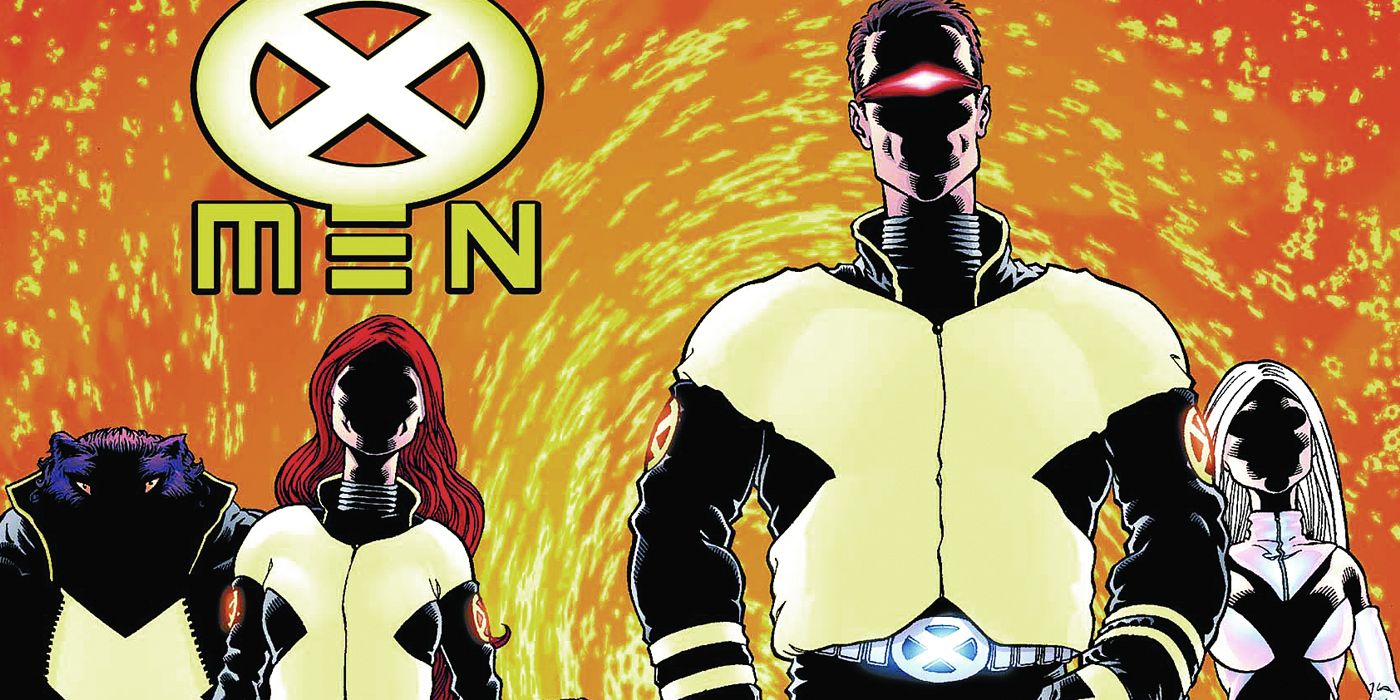
"E Is For Extinction" marked the beginning of Grant Morrison's blockbuster X-Men run. With art by Frank Quitely, this book completely changed the X-Men's status quo for the new millennium, eschewing the costumed superheroics and focusing on the school and trials and tribulations of mutantkind. Featuring a dangerous new threat with ties to Xavier, this story catapulted the X-Men into the future.
Even twenty years later, there's something revolutionary to "E Is For Extinction." Everything about the book has held up very well and it's a shame that Marvel spent years trying to marginalize and bury Morrison's stellar run on the X-Men.
0 Comments